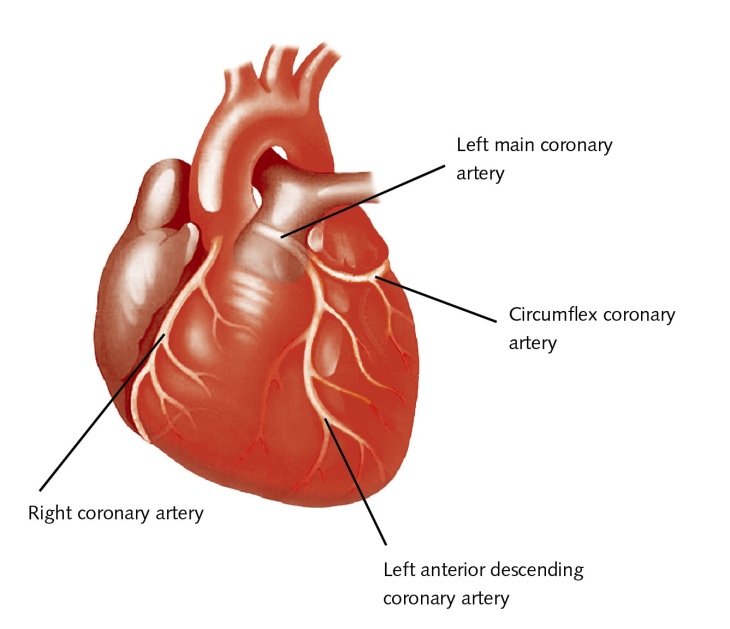By Terry Carter, RTT, CHYP
WorldWellnessToday.com Editor
Bullying is a fast-growing issue on virtually every school campus in America, especially junior highs and high schools, according to the Center for Disease Control.
Estimates are that at approximately 25 percent of junior high schools experience bullying in one form or another each week during the nine months in school each year, according to the CDC. Roughly 20 percent of high school students encounter bullying on a regular basis. And don’t think that elementary schools are free from this issue either. I have witnessed it there myself in recent years.
School districts normally have strict discipline policies in place, but bullying is not the real problem. It is merely a symptom of deeper, darker root cause among this generation of children.
Children With Unmet Needs Become Adults With Unmet Needs
That root cause is what needs to be addressed to minimize the bullying epidemic that experts say is growing across the nation. According the Rapid Transformational Founder Marisa Peer, “Children with unmet needs become adults with unmet needs.” Bullying, like abuse, can be a repetitive cycle in multiple generations. And students will often join in on bullying someone rather than be singled out as the bullying victim.
Both bullies and bullying victims themselves feel “less than” or “not enough” and express it in this bullying give-and-take of intimidation, physical violence, fear, shame and more. According to Peer, the root cause of bullying is this feeling of: I am not enough; I don’t fit in; I am not accepted.

Bullying has been in existence longer than anyone can recall. I was bullied once at Katy Taylor High school as a student, and the incident lasted maybe five seconds. But it made an impact that stays with me today. I know this because I can you the student’s name, what he was wearing and where we were when it happened.
Unexpected violent or demeaning words/actions/messages like this are locked into our subconscious forever. And the mind locks in on this youthful trauma, which can mimic ADHD, but should be treated by a mental health professional because it more closely resembles PTSD, according to Childhood Disrupted author Donna Jackson Nakazawa in her 2016 book describing how early trauma often cause chronic and long-term health issues in adulthood.
Bullying is Adversity Linked to Many Adult Illness, Disease
On page 130 of the paperback version of Childhood Disrupted, Nakazawa states:
“Bullying is a form adversity linked to illnesses and disease win adulthood. Investigators at Duke recently followed 1,420 boys and girls between the ages of nine and 21 who had been victims of bullying — as well as the kids who bullied them. They regularly test the kids’ blood levels for C-reactive protein, or CRP, a marker of systemic inflammation that physicians look at to help diagnose cardiovascular and other diseases. The victims of bullying had higher CRP levels, which rose in direct relationship to the number of bullying events they’d endured.
“‘The only other kind of social adversity where we see this kind of long-term effect is in children who are physically abused or neglected,’ says William E. Copeland, associate professor of psychiatry at Duke and one of the authors of the study,” her research stated.
Other studies who that children who experience bullying are much more likely to later suffer from depression, anxiety and other mental health disorders, according to Nakazawa. Social pain like isolation from group activities over time, activates the same brain circuits that are associated with the sensory process of physical pain, she wrote.

Approximately 66 percent of American homes with children in the home include those children experiencing Adverse Childhood Experiences (ACE). An ACE Questionnaire is available for free download at WorldWellnessToday.com and in just 10 simple questions, it will share insight that may even be a predictor of future health possibilities — especially for females.
For every ACE score a woman had, her likelihood of being hospitalized for any (of 21 common) autoimmune diseases increased by 20 percent. For a woman with three ACE scores in her youth, she had a 60 percent great chance of being hospitalized with an autoimmune disease than a woman with zero ACE scores. Men’s percentages were about half of what women scored, and that is still a significant risk, according to the book.
Bullying falls into two accepted modes: direct (bullying that occurs in the presence of a targeted youth) and indirect (bullying not directly communicated, such as spreading rumors). Categories include physical, verbal, relational (harming the reputation or relationship of a targeted youth) and damage to property, according to the website StopBullying.gov. Cyberbullying also involved verbal aggression and relational aggression in most cases.
Signs a Child Is Being Bullied (as shared by StopBullying.gov)
Look for changes in the child. However, be aware that not all children who are bullied exhibit warning signs. Consistent communication is very helpful here.
Some signs that may point to a bullying problem are:
- Unexplainable injuries
- Lost or destroyed clothing, books, electronics, or jewelry
- Frequent headaches or stomach aches, feeling sick or faking illness
- Changes in eating habits, like suddenly skipping meals or binge eating. Kids may come home from school hungry because they did not eat lunch.
- Difficulty sleeping or frequent nightmares
- Declining grades, loss of interest in schoolwork, or not wanting to go to school
- Sudden loss of friends or avoidance of social situations
- Feelings of helplessness or decreased self esteem
- Self-destructive behaviors such as running away from home, harming themselves, or talking about suicide
Signs a Child is Bullying Others
Kids may be bullying others if they:
- Get into physical or verbal fights
- Have friends who bully others
- Are increasingly aggressive
- Get sent to the principal’s office or to detention frequently
- Have unexplained extra money or new belongings
- Blame others for their problems
- Don’t accept responsibility for their actions
- Are competitive and worry about their reputation or popularity
Why don’t kids ask for help?
Statistics from the 2012 Indicators of School Crime and Safety – PDF show that an adult was notified in less than half (40%) of bullying incidents. Kids don’t tell adults for many reasons:
- Bullying can make a child feel helpless. Kids may want to handle it on their own to feel in control again. They may fear being seen as weak or a tattletale.
- Kids may fear backlash from the kid who bullied them.
- Bullying can be a humiliating experience. Kids may not want adults to know what is being said about them, whether true or false. They may also fear that adults will judge them or punish them for being weak.
- Kids who are bullied may already feel socially isolated. They may feel like no one cares or could understand.
- Kids may fear being rejected by their peers. Friends can help protect kids from bullying, and kids can fear losing this support.
Defending against a bully requires knowing how and why a bully operates in this way. It also helps to know how a target is selected. The psychology involved allows young people time to prepare and perhaps pre-empt a cry for attention from the bully. In my work as a therapist and in my research, bullies and their victims both suffer from a missing ingredient their home life or youth interactions.
Learning to become bulletproof to bullying tactics is possible, but not easy for emotionally-charged teen as they grow into adults. Still the Rapid Transformational strategy of Peer is direct and helpful. To be less impacted by comments and posts, most potential victims can learn to deflect insults and intimidation. For more information, please email World Wellness Today at UDTherapy@gmail.com. We can help.



